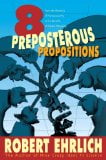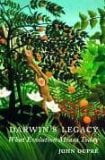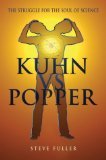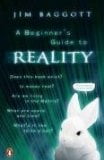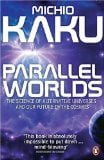 The Men Who Stare at Goats
The Men Who Stare at Goats
by Jon Ronson
Picador, £7.99 (pbk), ISBN 0330375482
Jon Ronson brings his inimitable journalistic talent to bear on the subject of how some bizarre, even unhinged, thinking came to infect the world of US Military Intelligence over the last thirty years, up to and including the ‘War on Terror’. The title refers to attempts by a group of ‘Psychic Warriors’, drawn from the Special Forces, to stop the hearts of tethered goats by simply staring at them. With dogged persistence and skilful tongue-incheek questioning, Ronson always seems able to get his interviewees to reveal more than they probably would have wished and this can make for some riveting reading. Following an interview with Uri Geller in 2002, the trail leads to General Stubblebine, former Chief of Intelligence in the US Army, who became convinced that he could learn to pass through a solid wall by psychic means, and thence to Col. Jim Channon (Retd.). Channon, a disillusioned Vietnam veteran, became obsessed with the wilder ideas of the Californian New Age movement and then tried to sell them back to the Army with the promise that methods supposedly designed to ‘heal’ people could also be used to disorient and disarm them.
While Channon himself might have been motivated, at least in part, by purely humanitarian ideals when he suggested setting up a First Earth Battalion of Warrior Monks, the consequences, twenty years on, may be crazier and more horrible than anything he could have imagined. In May 2003 an American PsyOps unit imprisoned Iraqi detainees in a metal freight-container and bombarded them with music (including the I Love You song from the Barney the Dinosaur children’s cartoon) for twelve hours at a time, and Ronson shows a clear link between this kind of treatment and Channon’s original ideas. As the book points out, it can be difficult for even the most agnostic and sceptical among us to accept that our military and political leaders might operate simultaneously in both normal and supernatural dimensions. Well, here is plenty of evidence that they can.
Mike Hutton

